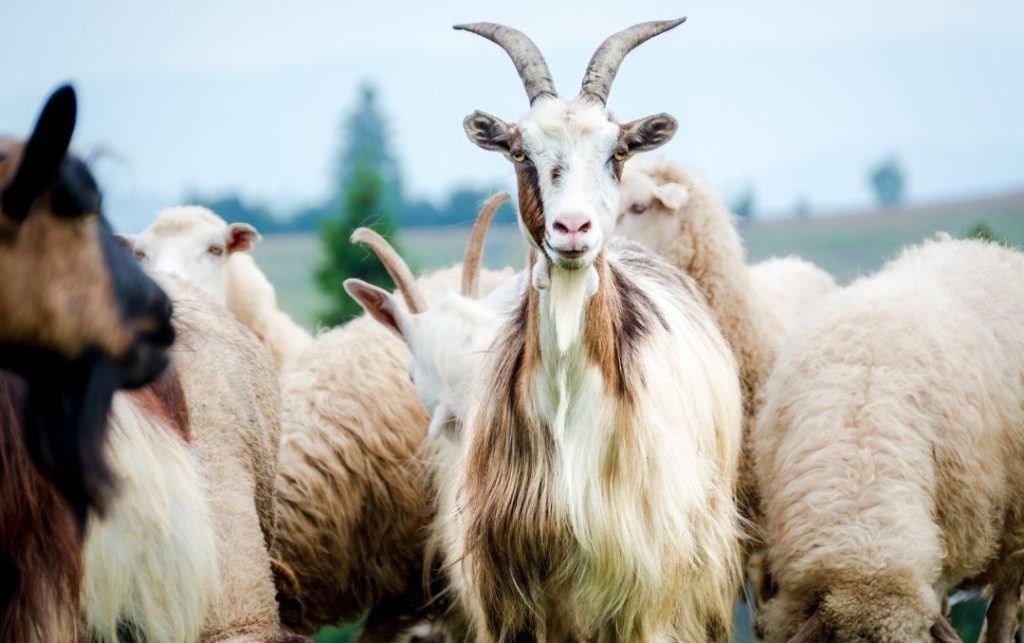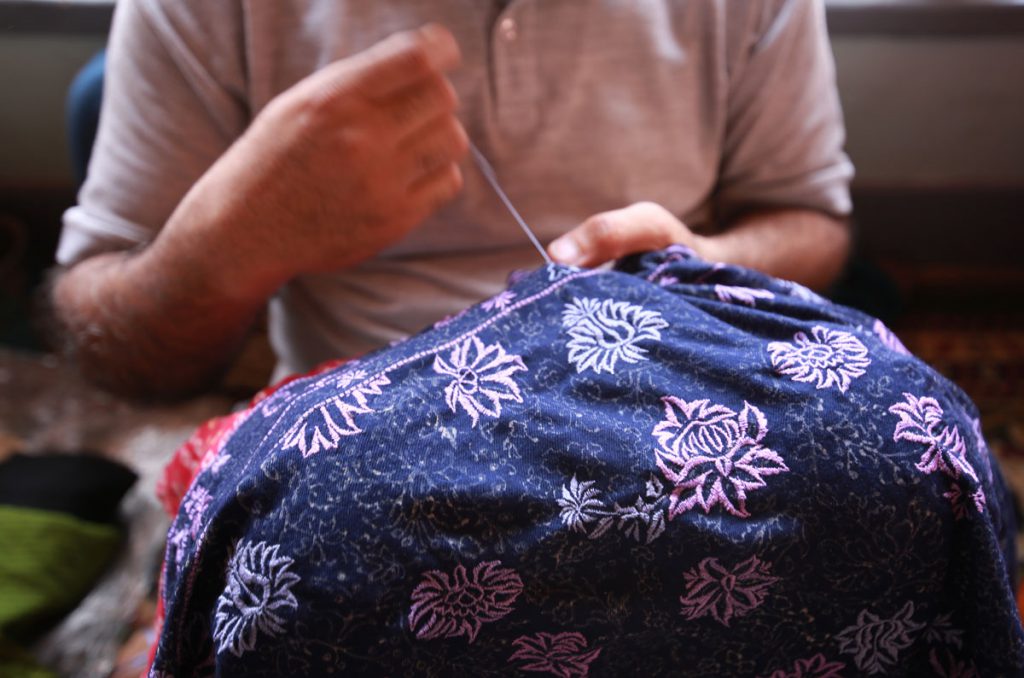Pashmina wrap is a luxuriously light yet warm drape accessory, which is handcrafted from delicate and fine Cashmere wool; ethically acquired from the down coat of the Ladakhi goat. It is world-famous and endorsed by celebrities around the globe
Pashmina comes from the root word "pashm" which means "soft gold" in Persian. But in Kashmir, pashm refers to unspun Cashmere wool of Changthangi goats. Today Pashmina is considered an art that refers to the process of transforming fine goat fibre into the extraordinarily luxurious fabric.
History of Pashmina
Pashmina gained acclaim in Kashmir during the Mughal rule. During this period, Pashmina indicated a high rank and a noble stature. Mughals gifted neighboring countries' rulers the robes of honor which were made in Cashmere wool. This would mean either friendship or a great achievement and service to the court. Back then, Pashmina would be only afforded by nobles and kings. In fact, their apparel and upholstery would be made in Pashmina embroidered with real gold.
Since the 19th-century Pashmina began to be used as a piece of a woman's bridal trousseau. An heirloom piece of a Pashmina wrap would be given to a girl the day she would get married; it would accompany her to her new life.
Pashmina gained impetus in France when Empress Josephine enthusiastically used it. It is believed that she owned a few hundred pieces. In fact, the famous Buta or Paisley motif that actually Pashmina wraps introduced in the west were now imprinted on gowns and accessories in Europe. Other than this, Pashminas kept women as warm as they kept them looking graceful and monarchical all the time. Every single person in Europe, Asia, and in Kashmir itself was swooned by the fineness of the fibre, the embroidery patterns, and the ultimate warmth it provided. Everyone wanted to own a piece for themselves.
Making of Pashmina - The source of a Pashmina wrap

Pashmina wraps are made with Cashmere fibre, one of the finest fibers in the world. The raw wool comes from Ladakh's Changthangi goat, which is found at over 14000 feet above sea level. The goat survives -40 degrees because of a fine down coat that grows over its underbelly, neck, and a few areas on its body. This wool is smooth, fine, and exceptionally warm, and it is just because of this wool that the goat is able to get fed and roam around in the area.
As soon as spring and summer arrive, the same wool leaves the goat feeling uneasy and irritable. Its natural tendency to rub itself against walls, rough stones, bushes, and the floor lets some wool from its body spread around the entire region. This is collected in hot summers, and the rest is collected off its body by professionals with the help of specialized combs and tools. It is a lump of wool, to be processed further
The wool reaches Kashmir because Kashmir is the hub of handicrafts, including Pashmina art. The process begins with cleaning and sorting the raw wool, which takes a few weeks. The clean lump of wool is then spun by womenfolk of the valley who have specialized in the same for decades now.
Spinning leads to the creation of threads of the same wool. These threads are so fine that sometimes they aren't visible to the naked eye until clearly noticed. The diameter of these threads is 12-16 microns only. This fibre is Cashmere - the raw material for making a Pashmina wrap. It is later sent to weavers who mount it over their wooden handlooms. They weave it for 4-5 days continuously to come up with plain solid fabric. This is the Pashmina wrap. It can be made in different sizes according to the customer's taste.
Embroideries done over Pashmina

A number of hand embroideries are done over the Pashmina wraps, as they come out of handloom setups. Sozni Kari and Papier Mache Embroidery are thread embroideries that use fine needles and threads in kaleidoscopic colours to pep up the solid base of Pashmina wraps. Tilla Dozi, too, is a thread embroidery, just that thread is metallic, and sometimes real gold and silver are used in place of metals. Pashmina has started to incorporate contemporary patterns like stripes, animal prints, monograms, and checks to be a part of the young generation's wardrobes, who have already embraced its ardor and love
Sizes: How long and broad is a Pashmina wrap?
Pashmina wraps come in a number of sizes. Men's Pashmina wraps are large; about 55*108 inches in size. Women's shawls come in 100*200 cms size, stoles in 70*200 cms size. Then there are scarves that can be just 8 inches wide. Pashmina wraps can be worn with ethnic as well as modern outfits. They can be used to enliven dull shaded outfits as well as minimize overdone looks.
Responsible Shopping - Is buying Pashmina ethical?
Pashmina is the art that substantiates the concept of sustainability and doing good for the planet at large. The wraps are handcrafted, which helps grow local small enterprises and minimizes wastage by lasting for over 25 years. Pashmina sustains families of artisans, thereby helping their community prosper and their children a better life. There is zero intervention of machines when a Pashmina wrap is processed, and hence a large percentage of the population decreases. Hence when a pure Pashmina wrap is purchased, it is, by all means, an ethical shopping done by patrons of art as well as conscious shoppers who wish to make the world a better place to live in.